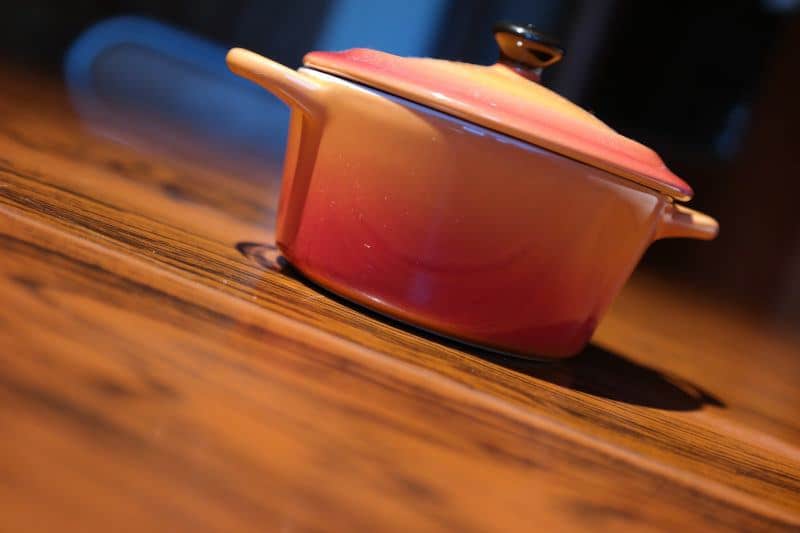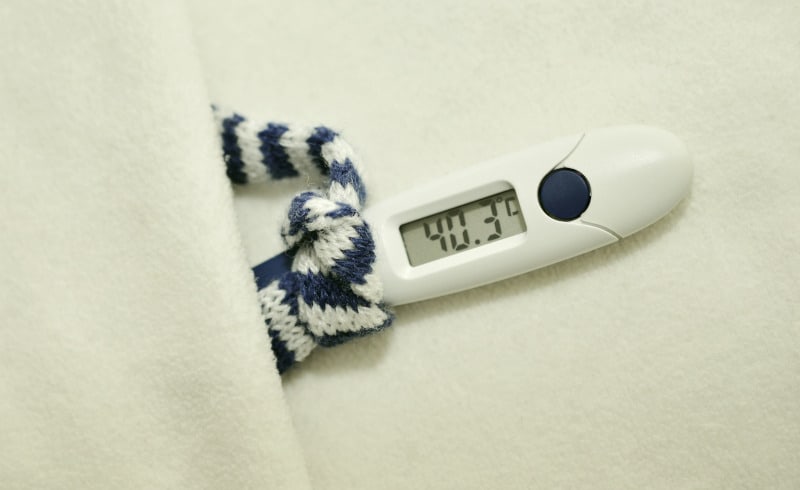Yogurt is one of the most popular dairy products in the world. Its thick, creamy and tangy texture makes it a delicacy favored by everyone. Rarely would you come across someone who doesn’t like the milky brilliance that yogurt is.

Multiple flavors are available in the market now with respect to frozen yogurt. Also, a lot of people now prefer to make yogurt at home due to various reasons.
The yogurt, when made naturally, contains live active cultures that make it a healthy snack. The live bacterial cultures help in strengthening the immune system and also fight the side effects of antibiotics. These cultures are also called probiotics and one should always buy yogurt that contains live active cultures.
However, since this is a commercial product, most manufacturers heat treat the yogurt that ends up damaging the live cultures, rendering the healthy portion of the yogurt useless. Heat treating means that the yogurt is heated in excess to its original heating process.
While fermenting yogurt with bacterial cultures, the most important thing to remember is the temperature and the duration of fermentation. The entire process involves first choosing the milk, adding the starter — the live bacterial cultures, and then incubating or fermenting it for the recommended number of hours.
The temperature at which it should be fermented and for how long you need to culture the yogurt is a very important parameter. There are specific strategies that are subjective from person to person when it comes to the incubation of yogurt. The more refined the process, the creamier and thicker the final product turns out to be.
Table of Contents
How to Make Yogurt
To make yogurt, you need to first choose the milk you want to use. You can use full cream, low-fat, soy milk, and any other type, depending on your preferences. However, the best results are procured when full cream milk is used. Low-fat milk takes more to culture and lacks the authentic taste of yogurt.

After that, you need to add a starter culture that will ferment the milk. This starter culture can be ready-made yogurt available in the market. The point to remember here, though, is that you need to buy plain yogurt if you want to use it as a starter. It should not have any additives or flavors.
The starter culture is what will lend the yogurt the live cultures, which it should carry in the first place. Therefore, whatever plain yogurt you buy, ensure that it contains live cultures and is not one of those heat-treated products.
The easiest way to make sure that the yogurt you buy has live cultures is to see whether the jar carries the seal of Live Active Cultures by the National Yogurt Association. The starter culture is what will transform the milk into yogurt, so it’s easily the most important ingredient that must be just right.
The starter culture yogurt that has the Live Active Yogurt Culture mark ensures that it contains at least one live culture, irrespective of what it is. There is a minimum quantity of cultures that needs to be present in the yogurt at the time of manufacture for the final product to receive that seal. The only point is that different bacterial culture contains a different set of bacteria, which have distinct health benefits.
Some of the most common bacterial cultures include L. Bulgaricus, L. Acidophilus, Bifidus and S. Thermophilus. These bacteria are the healthiest and ensure that yogurt being consumed with them also pass on all the health benefits.
Before adding the starter culture, the milk needs to be heated and then allowed to cool for some time. The temperature needs to be maintained to let this process happen smoothly.
Once the milk has cooled down, add the starter culture and begin the process of fermentation through incubation. During this process, time and temperature are the two factors that will decide how well your yogurt turns out.
The Process for Homemade Yogurt
If you are making yogurt at home, you don’t need a lot of things. It’s simpler and easier than it seems. The key is to follow a set process and you should be able to make delicious yogurt in just a day.

Once you have the milk, heat it at the recommended temperature. This ensures that any native bacteria present in the milk before adding the starter culture is killed and does not interfere with the fermentation process. The heating mainly transforms the structure of the protein present in the milk, casein. This is the main ingredient in the milk that ensures the final thickness of the yogurt.
Just make sure that you’re constantly stirring the milk to avoid creating any thick blocks in the milk. If you don’t see it thickening, you could also add a thickening additive, as most manufacturers also do in the commercial production of yogurt.
After heating the milk, the next step is to let it cool before you add the starter culture in it. The ideal temperature of the milk before you add the culture is 46 degrees (Celsius). To make one liter of yogurt, add one teaspoon of starter culture. This quantity also varies from person to person, and you’ll perfect the quantity after you have made yogurt several times.
Mix the starter culture in the milk and then transfer it into an air-tight, sealed jar. This jar is then placed in the incubation space and allowed to ferment. This is where you need to know how long to culture yogurt.
How Long to Culture Yogurt
If incubated at a temperature of 46 degrees (Celsius), it takes about five to six hours for the yogurt to get fermented. How long you culture the yogurt decides the final texture of the yogurt. Longer duration ensures that yogurt turns out thicker and has a tangier flavor.

The longer yogurt is cultured, more live bacterial cultures are finally present in the yogurt.
For best results, most people also leave the yogurt to culture overnight. More importantly, the temperature at which the yogurt is cultured needs to be maintained at a constant level. Any variation in the temperature and the culture process might get hampered. This is why it’s advised to use an incubation chamber where the jar is placed and not moved for the duration of culture.
If yogurt is stirred in between, you run the risk of making a runny yogurt that won’t give you the feel of a thick, creamy yogurt.
The incubation chamber you choose will also affect how soon the yogurt is fermented and how thick it will turn out. To maintain a constant temperature, there are several easy ways you can follow, like using a thermos or an oven as the incubation chamber.
You can also place the yogurt jar on top of an electronic equipment that emits heat — like the top of a refrigerator — to speed the process and universally spread the heat.
Long-Cultured Yogurt
Depending on the starter culture, the duration of how long to culture yogurt also varies. The bacterial culture added in the warm milk is what ferments the yogurt. The longer the culturing happens, the longer the culture has the time to feast on the lactose and create lactic acid and live active cultures that transmit into the milk to create a healthy, thick yogurt.

This means that the final product has less lactose content, which is preferred by most people, especially those who are lactose intolerant.
Culturing yogurt properly also increases its shelf life since the live cultures present provide it with the necessary nutrients and vitamins. Normally, home-made yogurt can last for about a couple of weeks after its expiry date. Plain yogurt can last for almost a month if kept in a freezer and in an air-tight container.
It all boils down to how well you can follow the process and you will be able to enjoy some delicious yogurt in the end!
